Customs and traditions are of great importance on Christmas Day.
But many of them disappeared, and only a handful survived to the present day.
Do you know them all? And which ones will be observed in your home this year?
Customs and Traditions on Christmas Day
On Christmas Day, Czech ancestors would wake up early to prepare for the evening festivities. Contrary to what one might think, the morning was a busy time. Various traditions had to be followed from early on to influence the events of the coming year.
Preparations for Christmas Eve peak already in the morning
The housewives started baking and cooking early in the morning so that it was enough to prepare all the courses for the Christmas dinner table. However, it is not easy to prepare all the traditional dishes.
Don’t underestimate morning hygiene
As soon as people got up, they went to the well to rinse themselves with cold, clean water. This, according to superstition, ensured their good health for the next year.
Traditional fasting
According to an old custom, whoever fasts from morning until nightfall will see a golden pig on the wall. This tradition dates back to pagan times when the winter solstice was celebrated. The golden pig was a symbol of the sun and served as a motivation for children to endure the all-day fast. If you’re interested in this tradition, you can read more about the practice of fasting on Christmas Day.
Remember the trees and the animals
Do you also think of animals and fruit trees on Christmas Day? The fruit trees were getting the bones from dinner to their roots so that they would bear abundant fruit next year. In some regions, it was customary for the housewife to stroke the fruit trees with a wooden spoon or a copyist, which she used to make bread or muffins. Even the barren ones, supposedly to start giving birth.
What about animals? Karel Jaromír Erben tells you a lot in the poem Štědrý den. The rooster got garlic and the hen got peas. There was also thought of feeding cattle and other animals during construction. They weren’t allowed to clean the stables so the animals wouldn’t start limping.
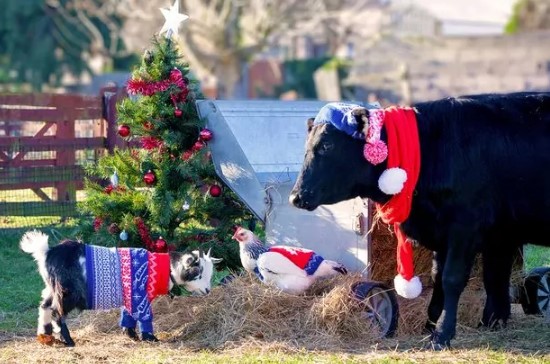
What not to do on Christmas Day
There are quite a few prohibitions on Christmas Day. Violating them has negative consequences. What is forbidden?
Nothing is allowed out of the house
On Christmas Day, it was customary not to take or borrow anything from the house. It was believed that luck would leave the house through the given things. The reverse was also true. If you brought something borrowed into the house, evil could enter it. So don’t borrow anything.
And above all, don’t work
In general, there is a break from work on holidays, as a symbol of God’s respect. This ban applies throughout the day. The ban also applies to textile work such as sewing, spinning, but also laundry. (Interestingly, cooking an elaborate dinner was not forbidden.) And what happens if you do laundry, knitting, or weaving? You will cause crop failure and livestock disease. The rotting of the spinning wheel could cause fruit trees to be barren. Noisy jobs are the worst, they are said to invite storms and hail.
No letter writing
If someone wrote a letter to his beloved on Christmas Day, then he could count on the fact that they would soon break up.
And definitely no sinful activities
At no cost was one allowed to go to the pub on Christmas Day, or even to play cards or other games of chance. Cursing, cursing, and taking God’s name in vain were also forbidden. Even if you were scared or something failed.
Discover similar tips
Traditional Christmas Eve
Before the actual dinner, customs, and traditions are observed across Europe on Christmas Day, which are supposed to ensure the health and happiness of the family for the whole year.
Christmas table setting
The table was laid for an even number of people, for it was said that always before the dinner began, Death went round each table, and where he found an odd number of people at the table, he would return next year for one of the family members. In some sources, we can also find different variants of this superstition. Somewhere, for example, it was believed that whoever does not cast a shadow on the wall after sitting down at the table, or has it in any way crooked or missing a piece, will die in the following year.
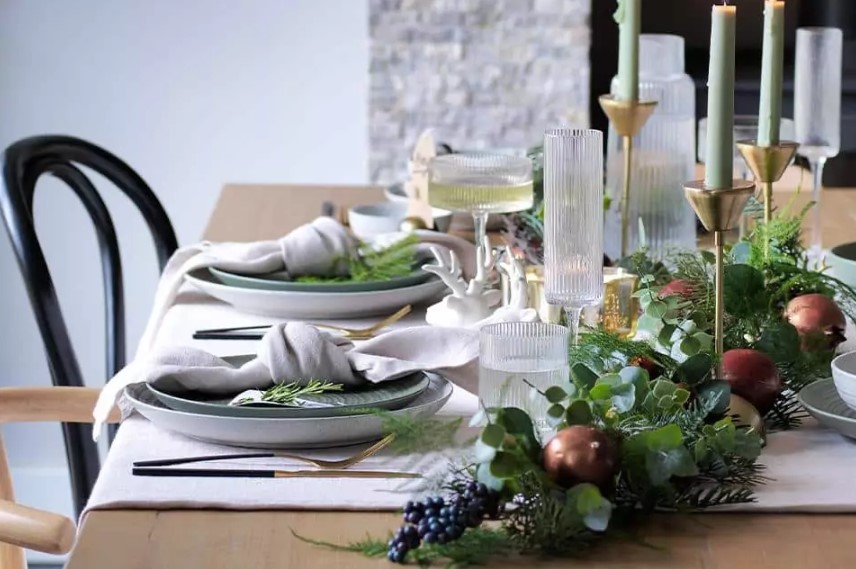
A white tablecloth was spread on the table. A harvest wreath, a loaf of bread, garlic, and a cup of honey could not be missing. Somewhere it was made sure that there was a shack with nine types of food (mostly fruit and nuts). Elsewhere, a swag was placed in each corner of the table.
The first was a loaf of bread to ensure enough food for the family.
The harvest from the garden and the field was put into the second so that there would be a good harvest next year as well.
The third shed was filled with money as a symbol of prosperity, and the fourth was filled with pieces of food for cattle and poultry.
Currently, when setting the Christmas Eve table, more attention is paid to a festive look. Get inspired on how to set the table for a festive dinner. This will make your Christmas Day unforgettable.
For the festive table only in the festive season
If you sat down at the table on Christmas Eve, then only in festive clothes. This tradition is still observed in many families on Christmas Day. It may seem unnecessary at first glance, but this detail raises the festivity of the Christmas atmosphere.
Carp scale
A coin or a carp scale was put under each plate to keep money in the family, it works the same way with a wallet. To this day, some people keep the carp scale for good luck.
Traditions and customs at Christmas Eve dinner
With the rising of the first star, the housewife began to bring to the table, meanwhile, the landlord lit the candles, everyone prayed together, and sat down at the table.
Apple and bread with honey
The householder at the table cut the apple into as many pieces as there were family members. Each member then ate their piece so that each of them would hit home and they would all meet again in a year. Then the householder cut the bread into small pieces for a change, smeared each piece with honey, and gave one piece to each child. It was said: “I slice the bread, I spread it with honey so that you will all be as good as the honey is for the whole year”.
It was also customary to eat food from one common bowl. It started with peas, which united the family in good times and in bad, then soup for strength, lentils for abundance and money, and finally mushroom dish – “Kuba”, fish or other meaty food was eaten for joy and well-being.
Did you get a taste of the traditional Christmas dishes of Czech ancestors? Taste an old Czech Christmas classic – “Houbovy kuba” – similar to risotto, a traditional Czech dish! If you prefer fish, prepare carp delicacies.
He was not allowed to get up from the table
While eating, no one was allowed to get up from the Christmas Eve table. If he were to get up, it would mean that next year the family would not meet in the same composition for Christmas.
Furthermore, Christmas history and traditions in Europe are described in this video:
Omens and Superstitions on Christmas Day
The traditions and customs of Christmas Day also include various superstitions related to divination. Since Christmas Eve and the following nights are attributed to magical powers, these moments are suitable for divination of the future. You will be surprised by what different objects were used to argue about things to come. The young were interested in widows, the old in the next years of life, and the householders in the next year’s harvest.
Girls and widows
Girls could learn something about the future groom waiting for them:
- Birds – After dinner, the girl sprinkled crumbs on the birds and watched from which side the first bird would fly, from where the groom was supposed to arrive. In the past, the henhouse was also banged, and if the rooster crowed. It meant that the girl was preparing for her dowry.
- Dog – If the girl shook the fence and the dog called, then the groom was supposed to come from the direction from which it was heard.
- Apple – Another custom was the trimming of apples, when the boy and girl always threw a long slice behind their head and, depending on the shape it formed on the ground, they argued with which letter the name of their future or soon-to-be would begin.
- Shoe – A shoe was also thrown. If its tip pointed to the door after impact, it meant that the person in question would leave the house. (It could also mean that he will leave forever, i.e. die.) If it points into the chamber, the person will remain. There was even an option for the girl to choose a shoe from all the shoes with her eyes closed. If he is male, he will marry. Feminine meant that she would remain single for the time being.
Mugs
Seven mugs were placed upside down on a table, each with a symbol underneath them such as clay for death, money for wealth, or a picture of an expectant parent. Each person took a turn to reveal the symbol under the mug they turned over. It was a rule that one of the mugs had nothing underneath it, and if someone turned it over, it meant that they would experience misery.
Candle
Fortune-telling was also done using the smoke from a candle that was blown out. The smoke rising upwards signified good health for the next year, when it was heading to a corner or the oven, the person in question had better stay at home, if the smoke went to someone’s door, they should prepare to leave home.
Molybdomancy aka Lead pouring
Molybdomancy, also known as lead pouring, used to be a popular custom in the past which is now almost forgotten. However, it is slowly being revived in many households. The process involved pouring hot lead into water and then predicting the future based on the shape that was formed.
Although the shapes were often strange and difficult to decipher, the basic ones were easy to recognize. For instance, straight lines indicated a calm and contented life, two connected circles predicted a wedding, while two broken circles indicated the parting of a close person.
A square shape symbolizes a life in harmony with nature and people. On the other hand, if a cross was formed, it was believed to predict death. Two crosses were said to ensure old age, and a regular triangle was considered a harbinger of unexpected luck in business. These were just some of the many shapes that were interpreted as predictions of the future in molybdomancy.
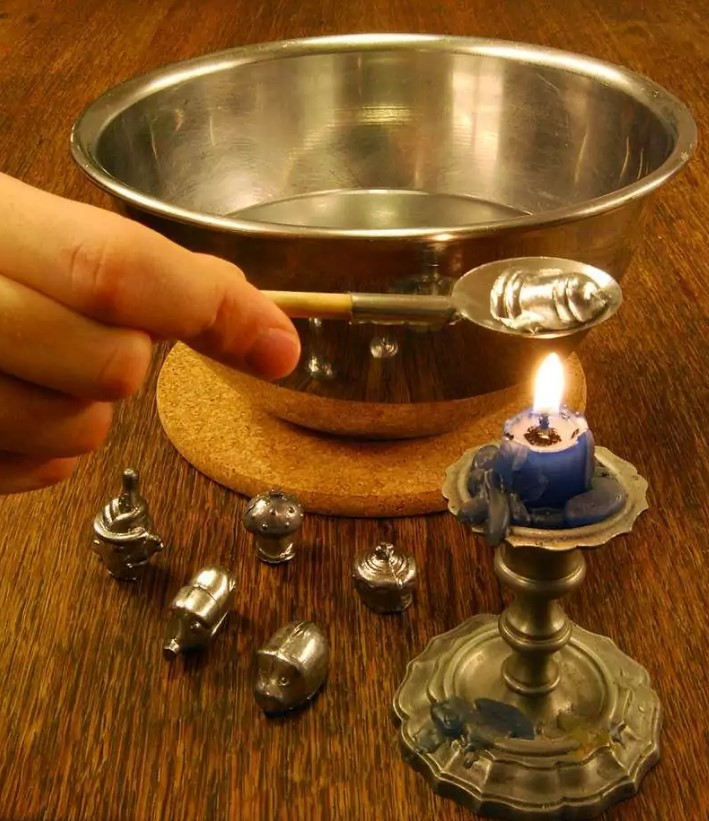
Nuts
Did you know that walnuts were once used for divination? If someone cracked open a walnut and found a dark core inside, it was believed to signify an early death. Another practice involved searching for three nuts, which were then pitted. A coin was inserted into one, a piece of bread into another, and the third was filled with clay. The shells were glued back together and all three nuts were mixed up. At midnight, everyone had to choose one nut from the bowl. If someone found a nut with dirt, it was believed to predict poverty. Finding a nut with a coin predicted abundance, while the one with bread signified contentment.
And that’s not all!
There are many ways to practice divination, such as using onion skins, examining the starry night sky, or observing the surface of the water to see the face of one’s lover. Christmas Day is celebrated with various traditions and customs all around the world. It is a magical time of year.

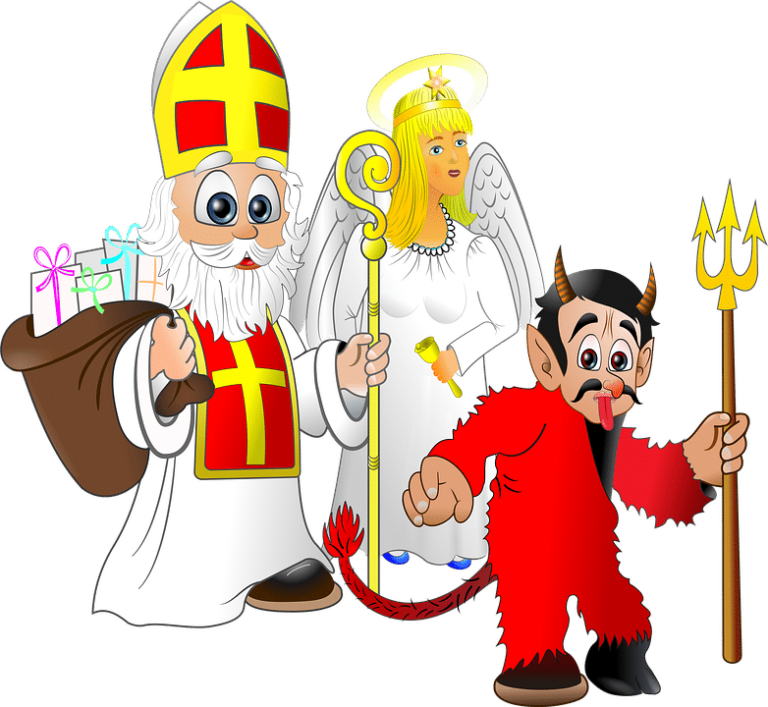
 Milan & Ondra
Milan & Ondra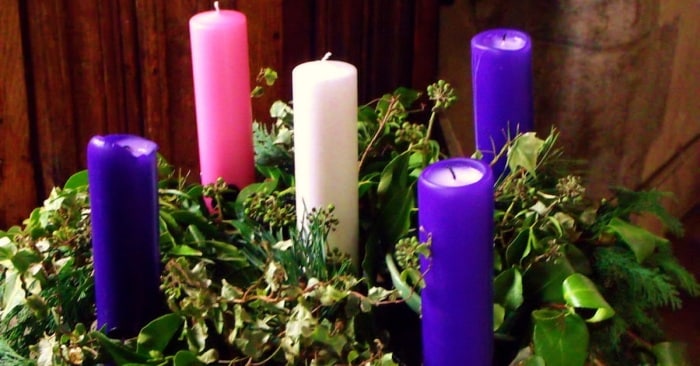

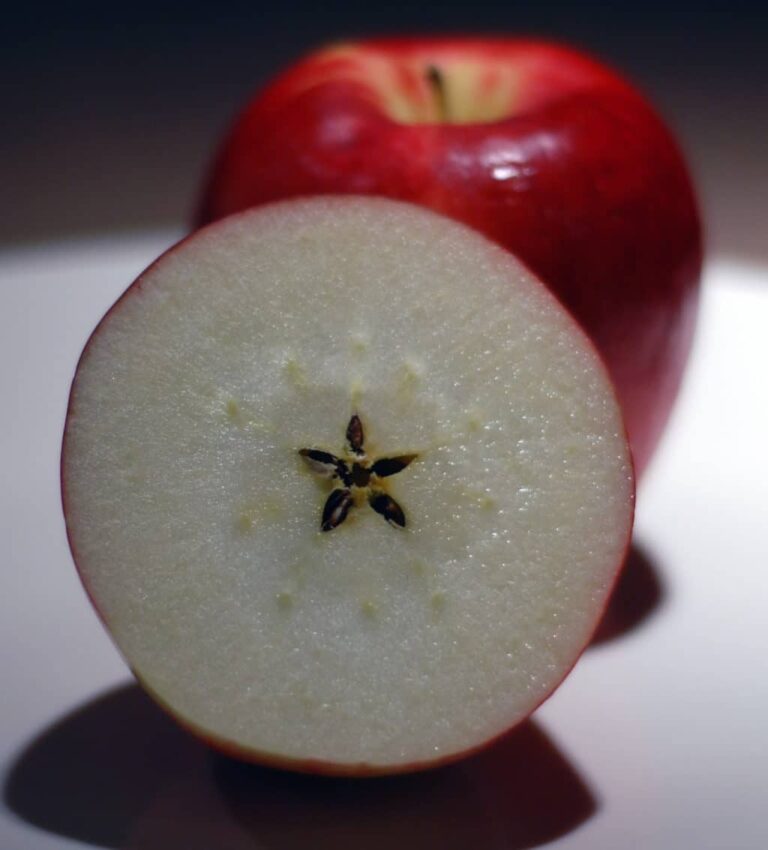
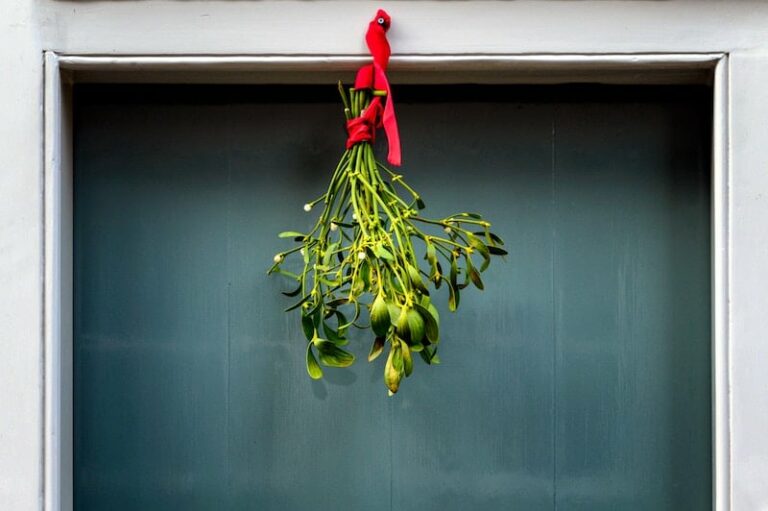
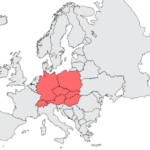 Central Europe
Central Europe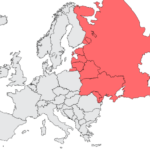 Eastern Europe
Eastern Europe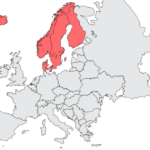 Northern Europe
Northern Europe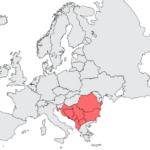 Southeast Europe
Southeast Europe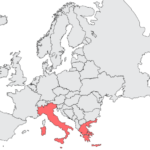 Southern Europe
Southern Europe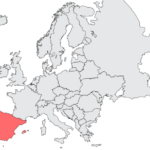 Southwestern Europe
Southwestern Europe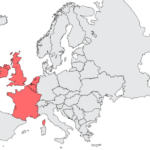 Western Europe
Western Europe